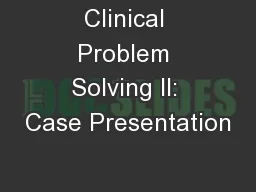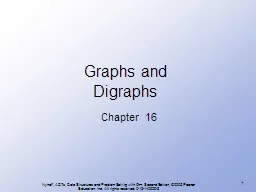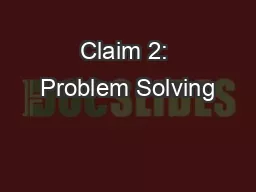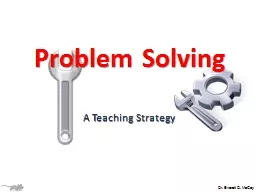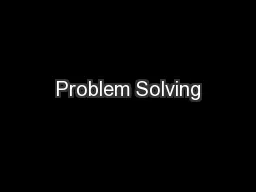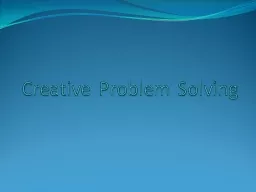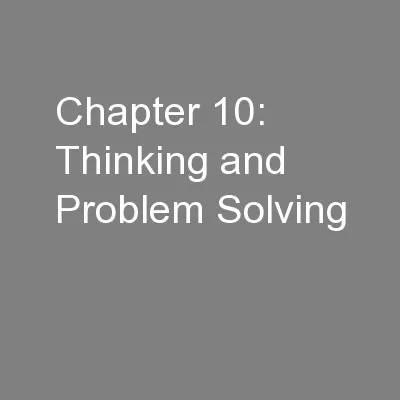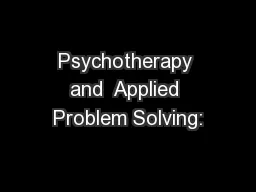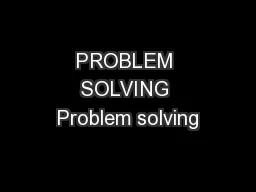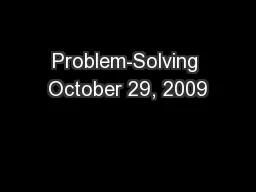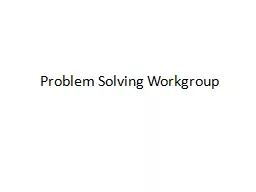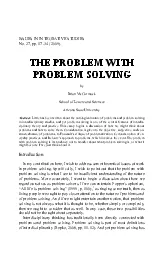PPT-Clinical Problem Solving II: Case Presentation
Author : yoshiko-marsland | Published Date : 2018-03-16
FALL 2017 Jake Hillyard Clinical Details and Patient Intro Clinical experience at a local Acute Care Hospital spending majority of time on Cancer treatment and
Presentation Embed Code
Download Presentation
Download Presentation The PPT/PDF document "Clinical Problem Solving II: Case Presen..." is the property of its rightful owner. Permission is granted to download and print the materials on this website for personal, non-commercial use only, and to display it on your personal computer provided you do not modify the materials and that you retain all copyright notices contained in the materials. By downloading content from our website, you accept the terms of this agreement.
Clinical Problem Solving II: Case Presentation: Transcript
Download Rules Of Document
"Clinical Problem Solving II: Case Presentation"The content belongs to its owner. You may download and print it for personal use, without modification, and keep all copyright notices. By downloading, you agree to these terms.
Related Documents

